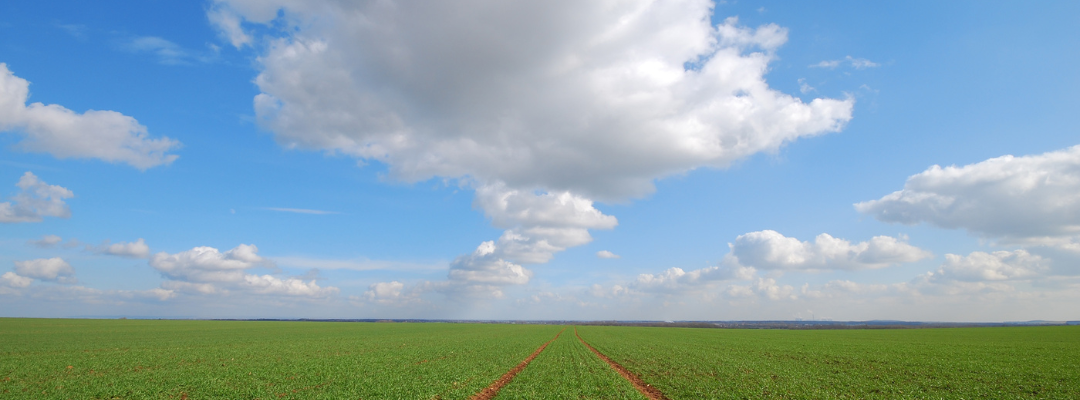I hope you all have a great holiday, celebrating our country’s independence. I suspect a bunch of us will spend some time out tending a grill or smoker for a bit this week. With that in mind today’s article looks at retail and wholesale meat prices.
Retail meat prices for beef, pork, and chicken, reported monthly by the Bureau of Labor Statistics and USDA, have been moving in different directions. Retail pork prices were below a year ago while chicken and beef prices were above a year ago. Each market is responding to their own supply and demand issues which are causing prices to move in opposite directions. But, all share the issues of higher production costs including those to get the products from where they are produced to your local meat case.
Choice beef prices hit a record high of $8.08 per pound in May (the latest data), surpassing the $7.90 per pound in October 2021. The all-fresh beef price data series was just a couple of cents per pound off its record high. Tighter beef supplies, down 4.8 percent compared to a year ago, coupled with continued consumer buying is pushing prices higher. Fewer cows going to market and fewer fed cattle have led to higher ground beef prices. The start of summer grilling season provides a little demand boost too.
The retail pork price was $4.73 per pound in May. That was 3.2 percent below last year and unchanged from the month before. Pork production for the year is 0.3 percent more than last year. In the wholesale pork market, prices for cuts like loins, bellies, and ribs have languished this year, in part, due to a little more production but, also due to some apparent demand problems. Wholesale pork cut prices have started to increase in the last couple of weeks and that will likely bring pressure for higher retail prices if the consumer demand is there.
Chicken (broiler) production is 1.5 percent larger than last year, so far. The reported monthly retail price was $2.45 per pound, just slightly above last year’s $2.42 per pound. Wholesale chicken cut prices have been well below last year’s level most of the year. Boneless, skinless breasts were $1.29 per pound compared to $3.02 at this time last year. Wings were $0.88 per pound versus $1.82 last year. USDA’s weekly featuring report indicated a few more grocery stores with retail features and specials on chicken prices this week and lower prices than year ago on breasts and wings.
Regardless of your grilling choices this holiday, I hope you have a great holiday celebration! Happy Fourth!



Anderson, David. “Hot Dog! It’s Fourth of July!” Southern Ag Today 3(27.2). July 4, 2023. Permalink






